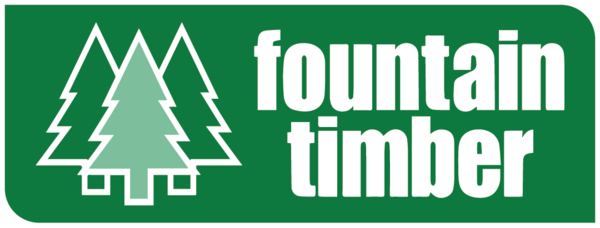Making Your Own Compost
Compost is the single most important supplement you can add to your garden soil to provide nutrients to your plants and help retain the moisture of the soil. It also reduces the need to use chemical fertilisers and pesticides, it is easy to make from your kitchen and garden waste and it is good for the environment.
How to start
Home composting requires air, moisture and warmth to thrive without the production of harmful greenhouse gases like methane. The best time to make compost is in spring as the worm weather helps it to rot down faster.
Ideally place your compost bin on a level, well-drained, reasonably sunny spot and on bare soil. If you need to put your bin on concrete, pavement or decking it is best to first build a raised bed and place your bin on the top to prevent staining and enable the living microscopic organisms and insects to gain access to the rotting material and start breaking it down.
Compost has to heat up to work properly. To do this it needs to have a certain critical mass and it must also be layered effectively.
In the bottom put a 10cm (4in) layer of coarse material, such as straw or twigs.
The key to good compost lies in getting the right mix of `greens' - young, wet materials like grass cuttings and vegetable and fruit peelings that rot quickly and tougher, drier materials like old bedding plants and cardboard, known as `browns' . Crushed eggshells can be included to add useful minerals. Adding scrunched up bits of cardboard or egg boxes is a simple way to create air pockets that will help keep your compost healthy. Air can also be added by mixing the contents of the bin.
On top of each layer add a sprinkling of manure or soil. This helps to introduce the bacteria and fungi (or 'heat') needed to break down the organic material.
Cover your bin with a sheet, an old bit of carpet, polythene or tarpaulin and leave it for about three months to rot down.
Good things to compost
- Uncooked vegetable trimmings and peelings
- Tea bags
- Fruit waste
- Plant prunings and grass cuttings
- Tops of perennial weeds
- Fallen leaves
- Cotton and wool fabrics
- Cardboard egg boxes and scrunched up paper (avoid glossy magazine type paper)
Things NEVER to be put into composting bin
- Meat or bones
- Food scraps
- Dairy products
- Diseased plant material or soil pests
- Any weeds with seed heads
- Perennial roots
- Dog or cat waste or babies’ nappies
- Synthetic fabrics
*The organisms which break down your compost materials need air, warmth and moisture to live. Balancing the browns (carbon) with the greens (nitrogen) is very important. If your compost is too wet, add more ‘browns’. If it’s too dry, add some ‘greens’.
Useful Tips
Chop everything you put into your compost into very small pieces, this will speed everything up and you'll also be able to get more in your bin.
Making sure there is enough air in the mixture is also important. Adding scrunched up bits of cardboard is a simple way to create air pockets that will help keep your compost healthy.
Turning the compost regularly also adds the air to the mix and helps it rot down faster.
Most gardens would need two composting bins so that they can be filled and emptied on a rotational basis.
The information and advice in this article is provided in good faith and is designed to give general information and guidance. Any reliance you place on such information is therefore strictly at your own risk. If in doubt we strongly recommend you seek professional assistance.

